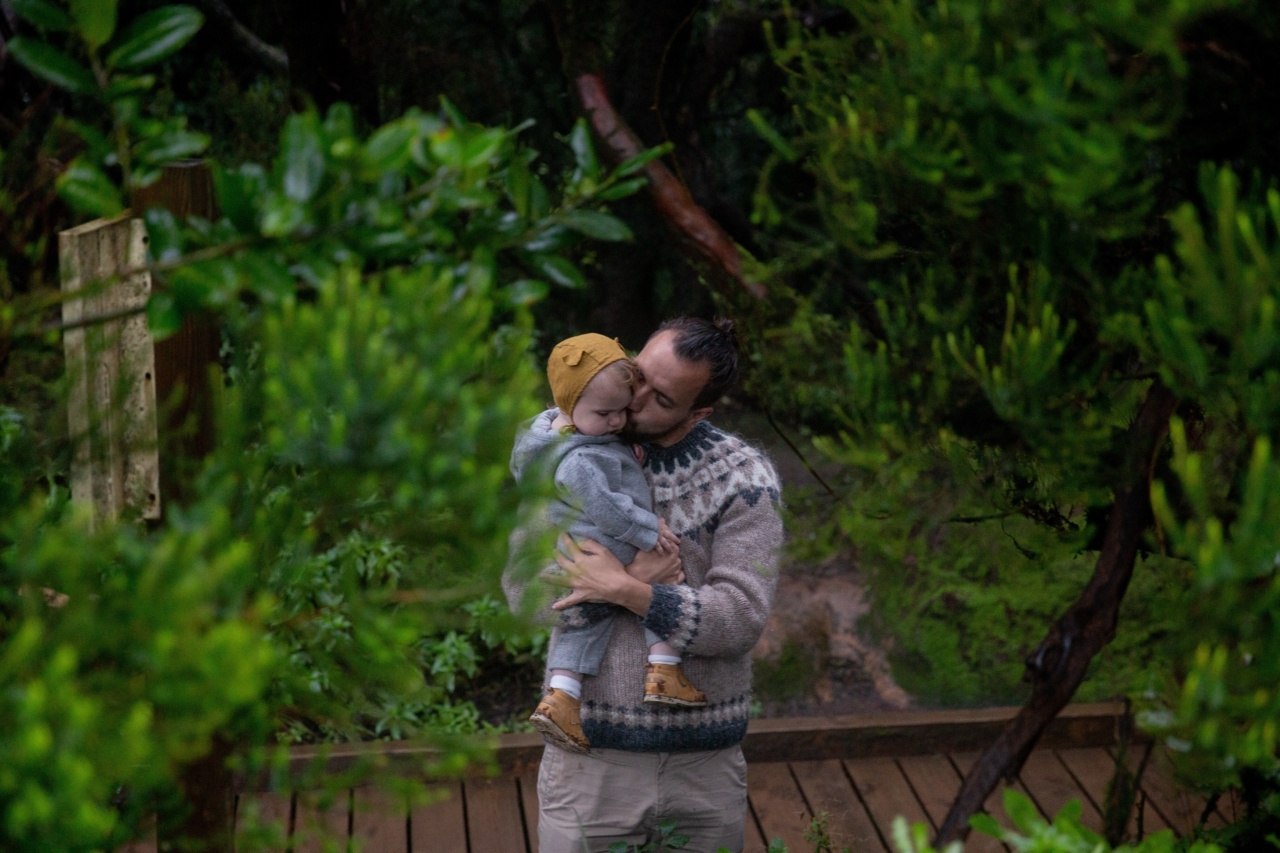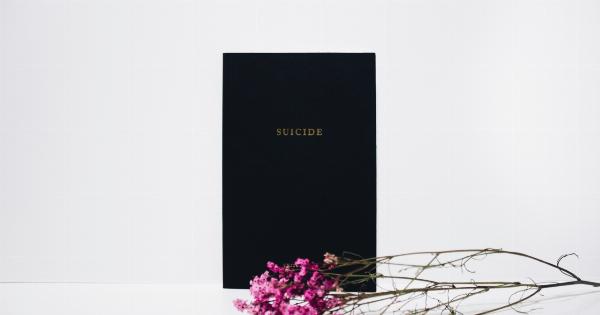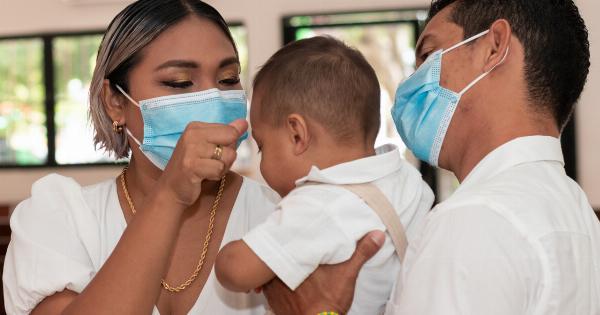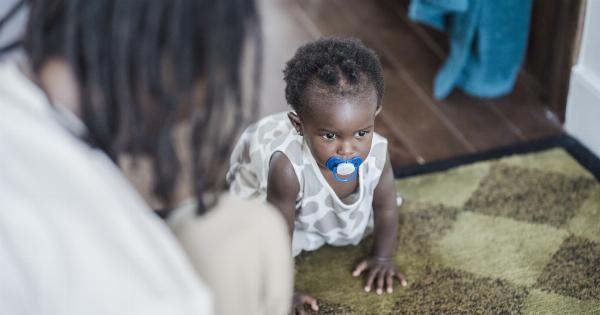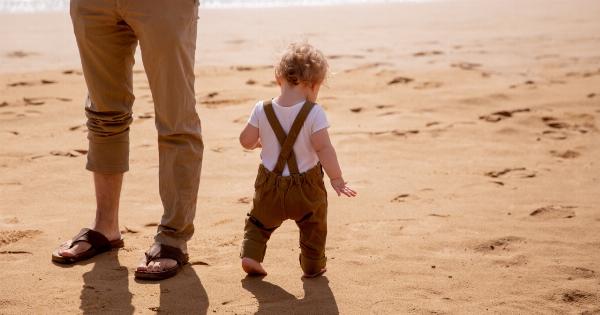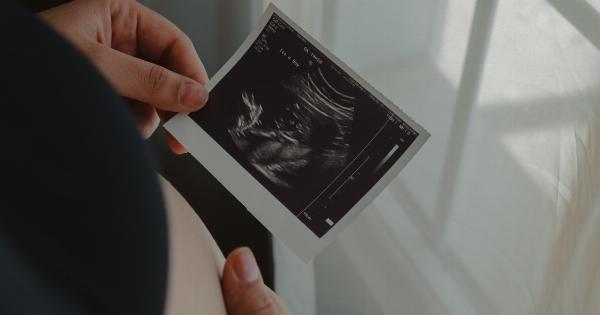Sudden Infant Death Syndrome (SIDS) is a tragic and unexplained phenomenon where an apparently healthy baby dies during sleep. While the exact cause of SIDS is still unknown, there are steps you can take to reduce the risk and keep your baby safe.
Here are five ways to protect your baby from SIDS:.
1. Safe Sleep Environment
Creating a safe sleep environment is crucial in reducing the risk of SIDS. Follow these guidelines:.
– Always place your baby on their back to sleep. This reduces the likelihood of suffocation.
– Use a firm and flat mattress specifically designed for infants. Avoid pillow-top or memory foam mattresses.
– Remove all loose bedding, soft toys, pillows, and crib bumpers from your baby’s sleep area. These can obstruct breathing and pose a suffocation hazard.
– Keep the room at a comfortable temperature and dress your baby in appropriate sleep clothing. Avoid overheating by using lightweight blankets or sleep sacks.
2. Room-Sharing, Not Bed-Sharing
While it is recommended to have your baby sleep in the same room as you for the first six to twelve months, bed-sharing poses a significant risk for SIDS. Instead, consider using a bassinet or a co-sleeper that attaches to your bed.
This allows for close proximity while providing a separate sleep surface for your baby.
3. Avoid Smoking and Smoke Exposure
Smoking during pregnancy and exposing your baby to secondhand smoke after birth significantly increase the risk of SIDS. Tobacco smoke contains harmful chemicals that can impair a baby’s respiratory system and increase their vulnerability to SIDS.
It’s essential to keep your home and car smoke-free and avoid exposing your baby to smoky environments.
4. Breastfeed Your Baby
Breastfeeding has been linked to a reduced risk of SIDS. The exact reasons are still unclear, but breastfeeding provides numerous benefits for your baby’s overall health and immune system.
If possible, aim to exclusively breastfeed for the first six months, as this offers the greatest protection against SIDS.
5. Offer a Pacifier at Sleep Time
Using a pacifier while placing your baby down to sleep has shown a correlation with a reduced risk of SIDS. However, if the pacifier falls out of your baby’s mouth during sleep, there is no need to put it back in.
Additionally, if you are breastfeeding, wait until breastfeeding is established before introducing a pacifier, usually after the first month.
Remember, while these measures can significantly reduce the risk of SIDS, they cannot guarantee absolute prevention. It’s crucial to be vigilant and educated about safe sleep practices.
Regularly consult your pediatrician for guidance specific to your baby’s needs.
Conclusion
Protecting your baby from SIDS requires a proactive approach to ensure a safe sleep environment and minimize potential risks. By following the guidelines mentioned above, you can provide your baby with the best possible protection against SIDS.
Remember, every baby is unique, and it’s essential to consult your healthcare provider for personalized advice and support.
